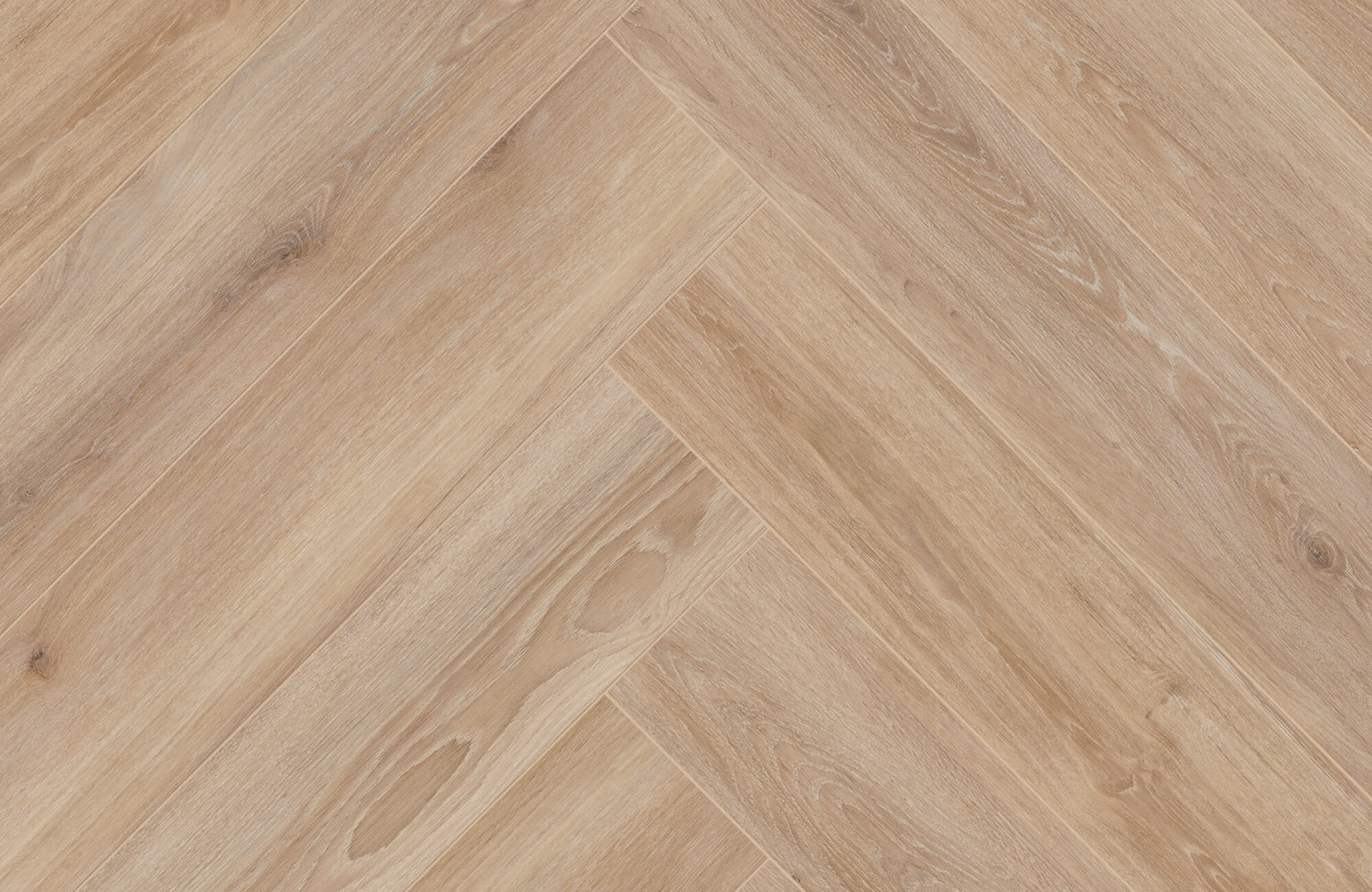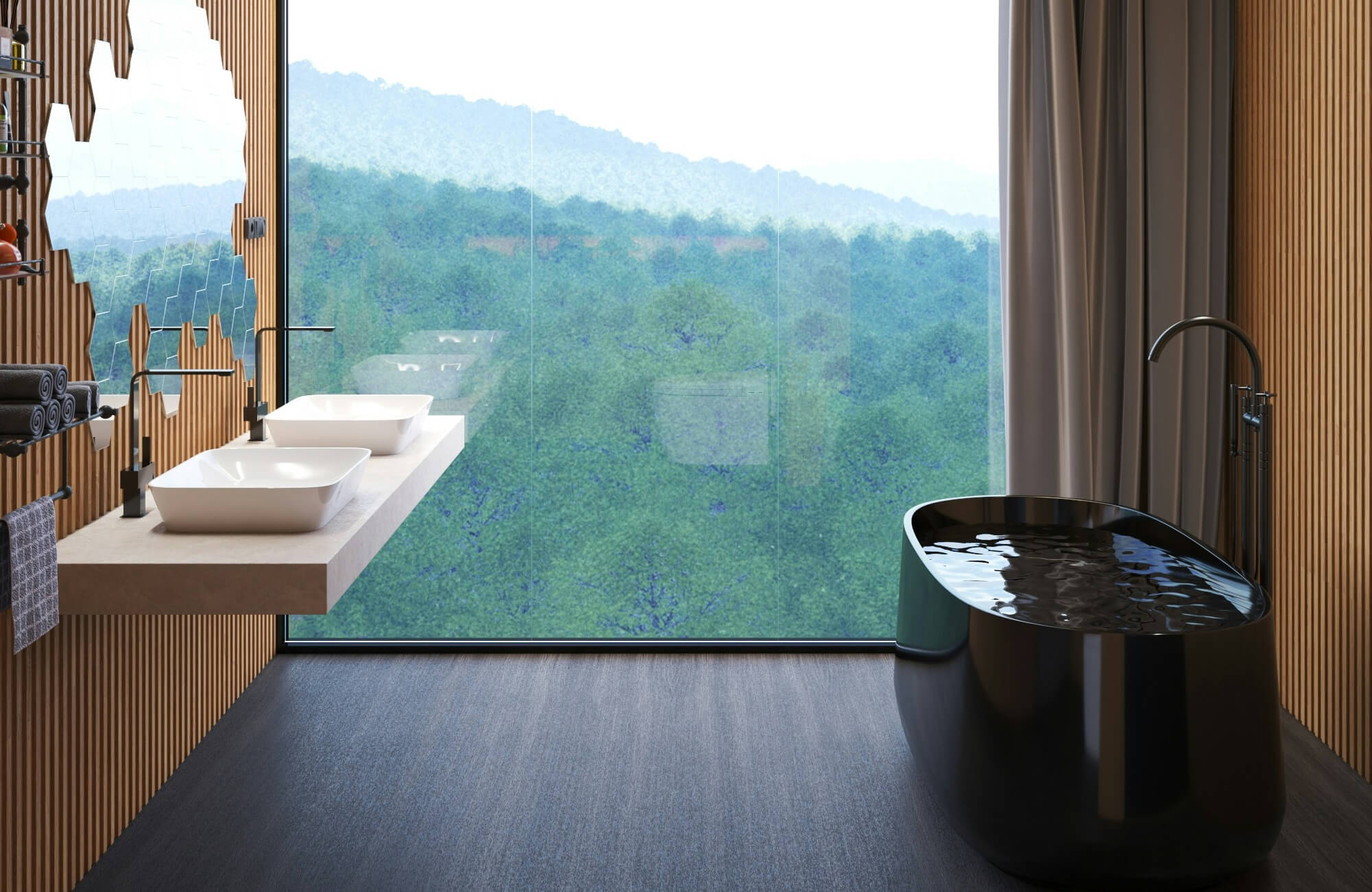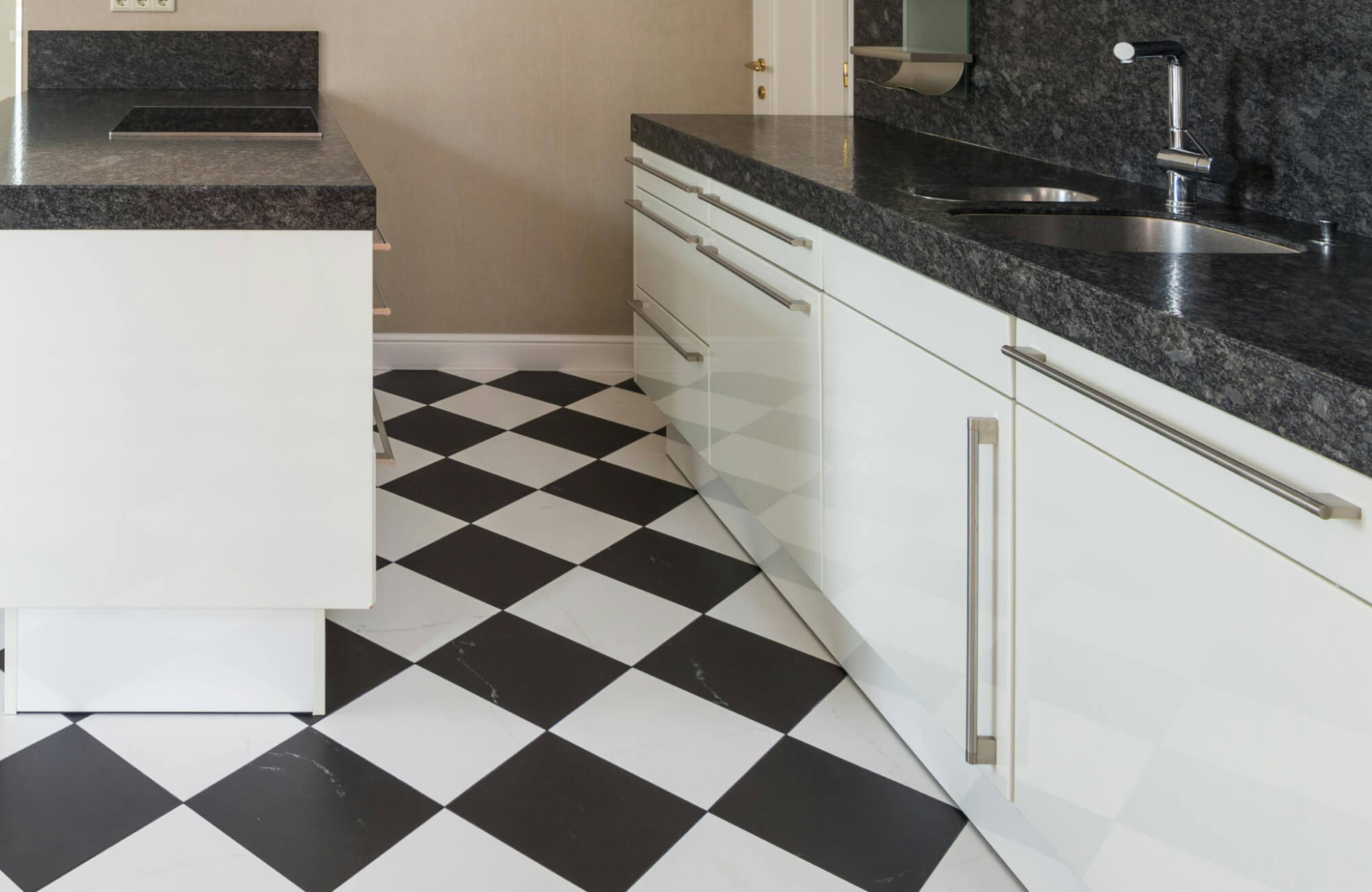Hardwood floors are sought after for their timeless elegance and long-lasting durability, making them an increasingly popular choice in home design. With proper care and maintenance, these floors can last for decades, adding to the charm and functionality of any space. However, their lifespan varies depending on the type of wood, installation quality, and environmental conditions.
This article will explore the key factors influencing hardwood floor longevity, compare the durability of solid and engineered hardwood, and identify signs that replacement may be necessary. We’ll also provide actionable maintenance tips to extend their lifespan and introduce wood-look tiles as a durable, stylish alternative for modern homes.

Factors Affecting Hardwood Floor Lifespan
Hardwood floors are a long-term investment, but their longevity can be affected by a number of factors that influence their performance and appearance. Below, we explore the key factors that influence the lifespan of hardwood flooring.
Quality of Wood
The quality of the wood used in hardwood flooring is a major factor influencing its durability. Higher-grade woods, such as select or premium grades, have fewer flaws and can withstand more wear and tear over time. The type of wood is also important—oak and maple are especially hard and resistant to damage, whereas cherry, while elegant, is softer and more prone to scratches. Choosing a high-quality wood species ensures that your floors will last longer and look better.
Type of Hardwood
The type of hardwood (solid or engineered) also influences lifespan. Solid hardwood, made from a single piece of wood, can last for decades with proper care, if not more than 50 years, because it can be sanded and refinished several times. Engineered hardwood, made up of layers, is more resistant to humidity and temperature changes, but it has a shorter lifespan of 20-40 years. Each type has advantages, but solid hardwood is typically the more durable option for those seeking long-term use.
Installation Method
Proper installation plays a crucial role in ensuring hardwood floors last as long as possible. A well-prepared subfloor eliminates shifting, squeaking, and moisture damage, all of which can compromise the wood's integrity. Professional installation is also recommended, as improper techniques can lead to gaps, uneven surfaces, and shorter lifespans. Investing in skilled labor ensures the floors are structurally sound and better able to withstand daily use.
Frequency and Type of Maintenance
The frequency and type of maintenance directly influence how well hardwood floors age. Regular cleaning to remove dirt and debris not only prevents scratches but also helps to preserve the wood's finish over time. Periodic refinishing is also important because it restores the wood's surface and extends its life. Neglecting maintenance, on the other hand, causes surface wear and weakens the floor's ability to withstand daily stress.
Environmental Conditions
Environmental factors such as humidity, temperature changes, and moisture exposure also have a significant impact on hardwood floors. Excess humidity can cause the wood to swell and warp, while dryness can lead to cracking or splitting. Using humidifiers or dehumidifiers to maintain stable conditions is critical, especially in areas with seasonal fluctuations. Additionally, protecting floors from extreme moisture exposure is essential to ensure their longevity and maintain their structural integrity.

Lifespan of Solid vs Engineered Hardwood
As previously highlighted, the lifespan of hardwood floors varies also according to the type of wood and its inherent characteristics. Below, we break down the expected lifespan of each type and their key differences.
Solid Hardwood
Solid hardwood flooring is also renowned for its durability, often lasting between 30 and 100 years with proper care. Its longevity is largely attributed to its single-piece design, which allows it to be sanded and refinished multiple times. This versatility ensures that scratches, dents, and surface wear can be addressed and restored for decades. Furthermore, its exceptional durability makes it an excellent choice for homeowners seeking flooring that can withstand heavy use while maintaining its timeless aesthetic appeal.
Engineered Hardwood
Engineered hardwood typically lasts 20 to 40 years in ideal conditions, making it a long-term option for many households. It is more humidity and temperature-resistant than solid hardwood because it is made up of a solid wood veneer over multiple layers of plywood or fiberboard. However, its thinner wear layer restricts the number of times it can be refinished, shortening its overall life. Despite this, engineered hardwood is a practical choice for areas that are prone to moisture or require stability.

Signs Your Hardwood Floors Need Replacement
Visible wear and tear is one of the first signs that hardwood floors require replacement. Fading finishes, scratches, and a loss of luster are common indicators that the wood has been used for many years. While refinishing can address surface-level issues, if the wear is deeper or more widespread, it may be time to consider new flooring. These signs are particularly noticeable in places with frequent use, where the wood is subjected to the most stress.
Significant scratches and dents can also jeopardize the structural stability of hardwood floors. Minor flaws are expected, but deep gouges or large dents weaken the wood, making it more susceptible to further damage. When scratches expose raw wood or dents impact multiple boards, the flooring may lose the stability and appearance needed for a safe and functional surface.
Water damage and structural problems, such as warping or buckling, are more serious indications that replacement is required. Persistent discoloration, mold growth, or boards that swell and lift due to moisture all reduce the floor's durability. Similarly, warping or buckling caused by prolonged exposure to humidity or temperature fluctuations indicates that the flooring's structural integrity has been compromised. These signs indicate that replacement is required to maintain safety and restore the aesthetics of your space.

Maintenance Tips to Extend the Life of Hardwood Floors
Establishing a regular cleaning routine is a great way to keep hardwood floors looking good. Dust and debris can act as sandpaper on the surface, causing scratches and dulling the finish with time. To avoid this, sweep your floors frequently with a soft-bristle broom or a microfiber mop. Vacuuming with a hardwood-friendly attachment can also aid in the removal of dirt from cracks and crevices, leaving the surface smooth and damage-free.
When it comes to preserving the appearance of your floors, refinishing and sanding are essential. Refinishing not only restores the wood’s natural beauty but also protects it from further wear and tear. A tip to keep in mind is to refinish when you notice the finish fading or small scratches appearing across the surface. Sanding is also effective for removing deeper blemishes, but remember, this process should only be done when necessary to avoid thinning the wood over time.
To avoid moisture damage, always clean up spills right away and consider using a dehumidifier in humid climates. Moisture is one of the most serious threats to hardwoods, causing warping and discoloration if left untreated. Putting protective pads under furniture legs is another way to protect your floors. These pads help to evenly distribute weight and prevent dents or scratches caused by heavy or frequently moved furniture, extending the life of your hardwood floors.
Wood-Look Tiles: A Durable and Stylish Alternative
Wood-look tiles, often made from durable porcelain or ceramic, are an innovative flooring solution that combines the timeless appeal of wood with the practical benefits of modern materials. These tiles, which are designed to replicate the natural beauty of hardwood, are available in a variety of finishes and textures, making them suitable for both traditional and contemporary settings.
One of the most notable advantages of wood-look tiles is their high durability. They are resistant to moisture, scratches, and normal wear, making them ideal for areas with frequent use and humid climates. Edward Martin tiles, in particular, are made from advanced materials that do not require sealing, significantly reducing maintenance requirements. This feature ensures long-lasting beauty without the additional maintenance typically associated with hardwood or other flooring options.
Furthermore, wood-look porcelain tiles are perfect for areas with high moisture levels and frequent visitors, such as kitchens, bathrooms, and entryways. They are also excellent for outdoor use due to their weather-resistant properties. With their ability to blend seamlessly into a variety of design styles, these tiles provide a practical and stylish flooring solution that meets both aesthetic and functional requirements, making them an excellent investment for any household.
If you want to see how the right wood-look tile can transform your home space, use our augmented reality (AR) tool to view different colors and finishes in real-time. It's a great way to test out different options and see how each tile choice affects your interior design before making a final decision.
Conclusion
Hardwood floors are a timeless investment that, with proper maintenance, can last for decades. From regular cleaning to refinishing, proactive maintenance is essential for preserving their beauty and durability. Understanding when to replace your hardwood floors is equally important for keeping your home safe and visually appealing for years to come.
For homeowners looking for a low-maintenance option, wood-look tiles provide an excellent balance of style and functionality. They are a versatile option for any setting, thanks to their moisture resistance, scratch durability, and ability to excel in busy areas or humid environments. For any inquiries or tailored advice, feel free to contact us! Our team is ready to assist you throughout the entire process of selecting and installing wood-look tiles, helping you create a space that perfectly balances style and durability.








